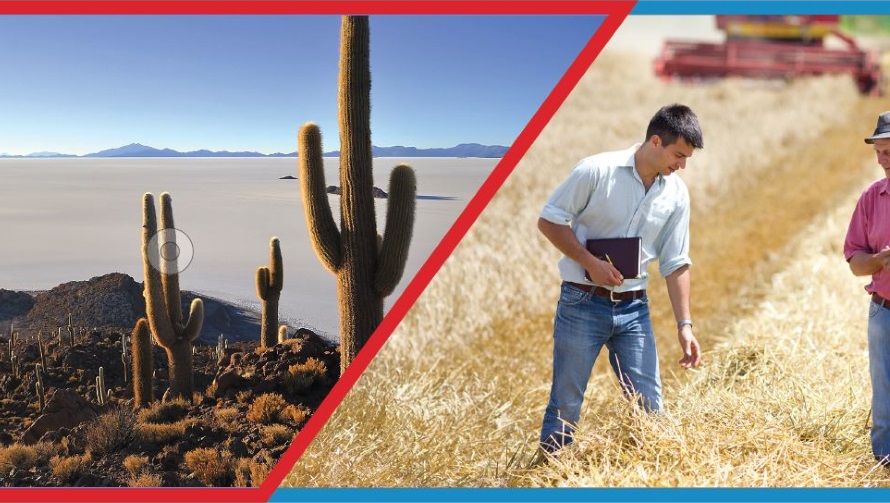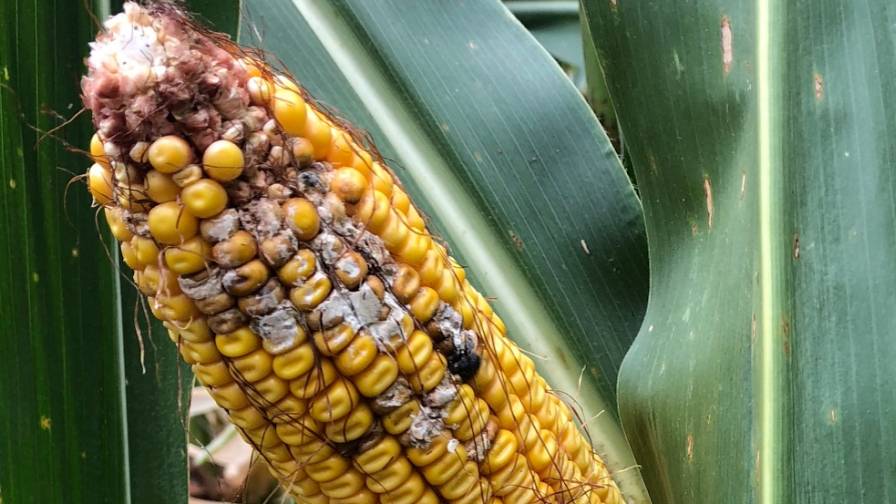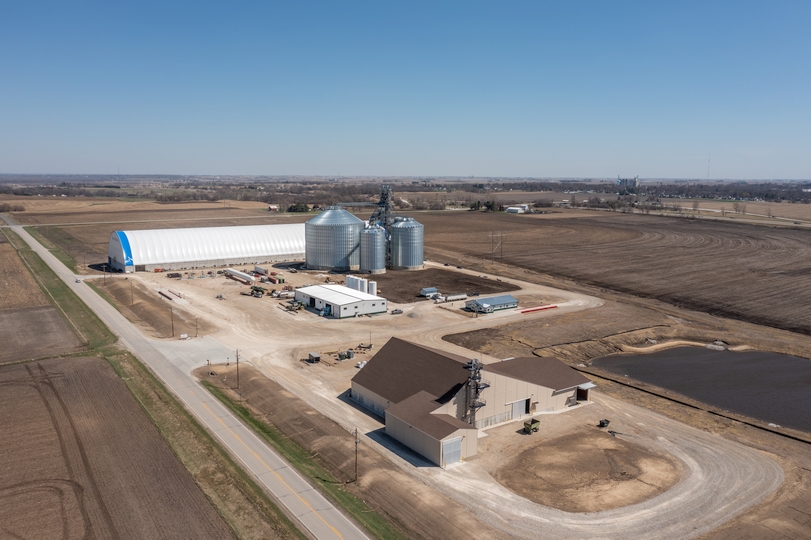Entering Agriculture’s New Phase

Terry Barr, CoBank
According to Terry Barr, senior director for the Knowledge Exchange Division of CoBank, agriculture has been blessed with an incredible seven year run in terms of financial health. “In 2008, agriculture was a unique sector of the economy,” said Barr, speaking at the 2014 Mid America CropLife Association annual meeting in September. “Although commodity prices did drip initially, they bounced back pretty quickly. So if you were looking for someplace to hide during the last recession, agriculture was a pretty good place to be.”
But agriculture’s fortunes will be changing over the next couple of years, he warned. “We are now entering a new phase,” said Barr. “The cost side of agriculture will be the focus now as we leave $7 corn and drift to $3 corn.”
Until now, he said, agriculture’s economic growth has been driven by a pair of factors – demand for biofuels, particularly ethanol derived from corn, and an overall increased demand for row crops which has kept historic reserves at near record lows. “What’s largely driven agriculture the last five years is crop production,” said Barr. “There was always a major grain shortfall in some part of the world. In the U.S., we were below crop trend yields four out of the last five years. But over the next five years, a lot of this is going to reverse and stocks will go back up.”
Part of this will be driven by less growth in key U.S. crop export markets such as China and record harvests for corn and soybeans in 2014. Both of these factors will depress commodity prices. “Corn prices dropped 55% in 2013, and they will probably be down another 20% in 2014,” said Barr.
Ultimately, predicted Barr, this will move much of agriculture’s recent growth into entirely new areas. “The demand side for corn has really flattened out, and ethanol will still take its bushels, but it won’t be the growth driver for corn anymore,” he said. “Instead, we are going to move from a corn complex driven by ethanol to a corn complex driven by the export markets.”
At the same time as agriculture is going through these changes, the general economy will also be transforming as well. For one thing, said Barr, the world’s key banks will begin to raise interest rates, which have hovered near zero percent for the past seven years. “Will they rise tomorrow? No,” he said. “But you have to believe they will rise over the next five years, and that will change the dynamics for agriculture.”
Still, interest rates alone won’t have the biggest impact on agriculture going forward, said Barr. Instead, observers should keep an eye on agricultural-based companies and their balance sheets. “In general, companies are not investing relative to their profits like they were before 2008,” he said. “This capital sitting on corporate balance sheets will have an impact on the number of mergers and acquisitions that take place in the near future. There’s a lot of capital ready to be deployed, and we should see more consolidations on the supplier side of agriculture then we have during the past couple of years.”






